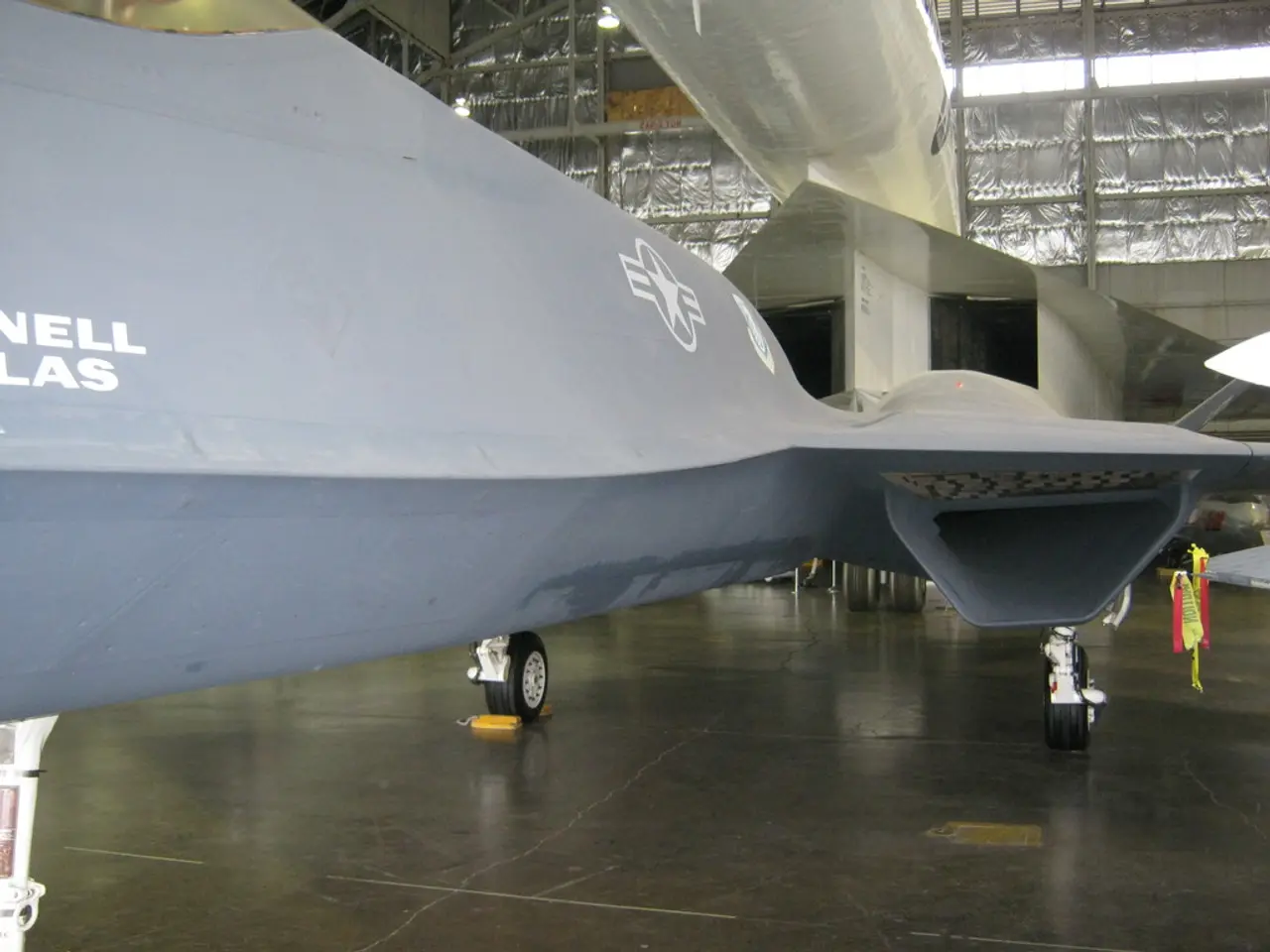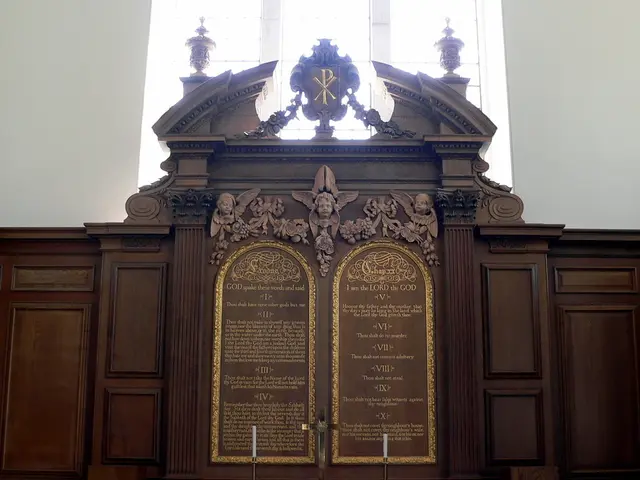Airbus soars with ambition: Twenty-five years as a unified aviation corporation
In the year 2000, European aerospace companies Airbus, Aérospatiale-Matra (France), DaimlerChrysler Aerospace AG (DASA, Germany), and Construcciones Aeronáuticas SA (CASA, Spain) merged their civil aviation divisions to form the European Aeronautic Defence and Space Company (EADS). Airbus became a division within EADS, marking the beginning of a transformative era for the European aerospace industry.
EADS, listed simultaneously in France, Germany, and Spain, was driven by a quest for industrial leadership and competitiveness in both the civil and defense segments. The integration of EADS was instrumental in shaping Airbus, which today stands as the largest aeronautics and space company in Europe.
In 2000, Airbus employed around 90,000 people and had annual revenues of € 24 billion. Over the years, Airbus has grown significantly, now employing over 150,000 people worldwide and recording revenues of € 69 billion in 2024.
Airbus operates at more than 180 sites globally, providing products, services, and solutions for the commercial aircraft, helicopter, defence, and space sectors. The company takes inspiration from its predecessors who date back to the dawn of aviation in Europe.
In 2006, EADS reorganized to strengthen Airbus as a single integrated division for commercial aircraft, consolidating various subsidiaries. This reorganization paved the way for Airbus to become a fully owned subsidiary of its parent company in 2001.
In 2014, EADS changed its company name to Airbus Group to unify branding. The Space, Defence, and Military Transport Aircraft business units were merged into a single business unit, Airbus Defence and Space.
In 2016, Airbus Group completed a major restructuring, merging Airbus, Airbus Helicopters, and Airbus Defence and Space operating divisions into a single company called Airbus SE, simplifying the corporate structure.
Since then, Airbus has continued strategic acquisitions and ongoing internal restructurings to optimize operations in commercial aircraft, helicopters, and defense sectors. Notable acquisitions include the acquisition of Bombardier’s C Series program in 2017, which was rebranded as Airbus A220.
Airbus looks back on its history with pride, acknowledging its role in shaping the aerospace and defense industry. The company serves the citizens of the planet as its privilege, its culture rooted in diversity and pioneering spirit. The journey of Airbus, from its inception to its current stature, is a testament to the power of collaboration, innovation, and determination in shaping the future of aerospace.
In the subsequent years, Airbus expanded its influence in various sectors beyond aerospace, venturing into finance through strategic partnerships and acquisitions. This move was designed to further strengthen its business interests.
Furthermore, Airbus's technological advancements have revolutionized the industry, making significant strides in the field of artificial intelligence and digital technologies, positioning it as a leading player in the technology-driven business environment.








